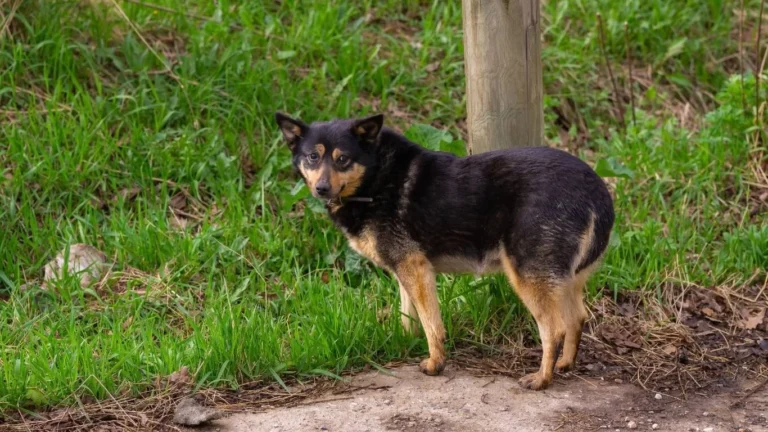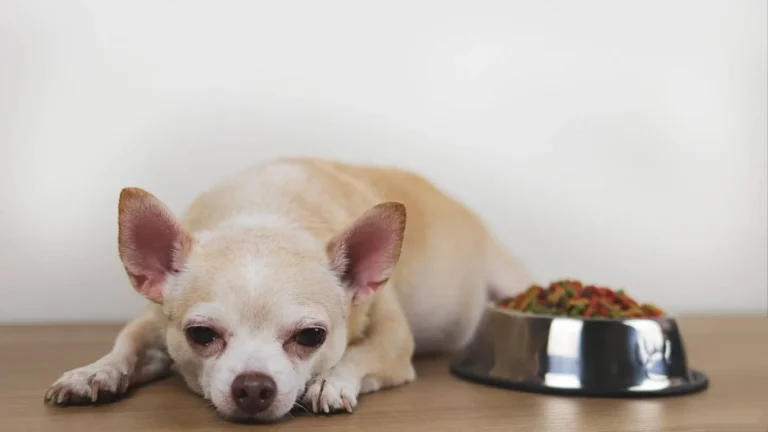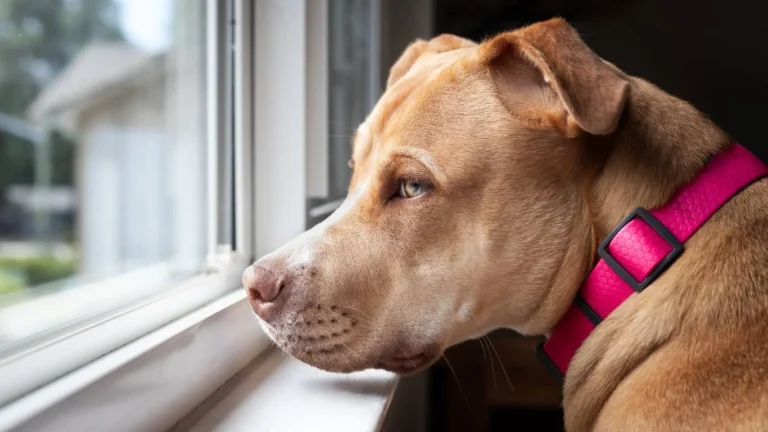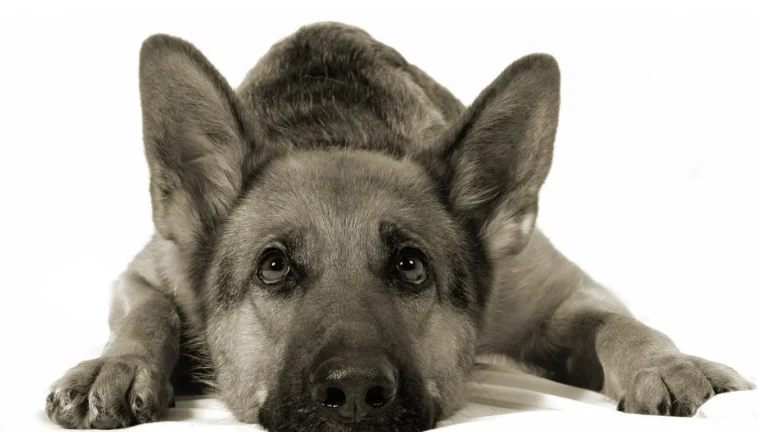What to Do If Your Dog Is Choking: Essential Steps to Save Your Pup’s Life
So picture this—you’re chilling on the couch, maybe scrolling your phone or watching your pup toss around a toy, when suddenly, they start hacking and pawing at their mouth. Your heart skips a beat. I’ve been there, both at home and in the clinic, and let me tell you, it’s terrifying. One of the scariest moments a dog parent can face is realizing something’s seriously wrong—and fast. That’s why knowing what to do if your dog is choking isn’t just helpful, it’s crucial. In this article, I’ll break it all down in plain language, with tips drawn from both emergency room experience and my background in pet nutrition. Let’s get into it.
Recognizing the Signs: Is Your Dog Really Choking?

Before you jump into action, you’ve gotta be 100% sure your dog is actually choking. Sometimes it looks like choking, but it might just be coughing, reverse sneezing, or gagging. I’ve had pet parents rush in thinking it was the worst, and turns out, their dog was just clearing their throat after eating too fast. Still scary—but a very different situation.
Here are the classic signs of actual choking:
- Gagging or retching without producing anything
- Pawing at the mouth or face
- Blue or pale gums/tongue
- High-pitched wheezing or silence (because no air’s moving!)
- Panic—your dog may look distressed, restless, or even collapse
Knowing these red flags helps you act quicker. And trust me, every second counts. One client of mine had a Labrador who got a chunk of rawhide stuck. She thought he was just being dramatic—until he fainted. We were able to clear it just in time, but it was close. Don’t wait for it to get that bad.
First Things First: Stay Calm and Assess the Situation
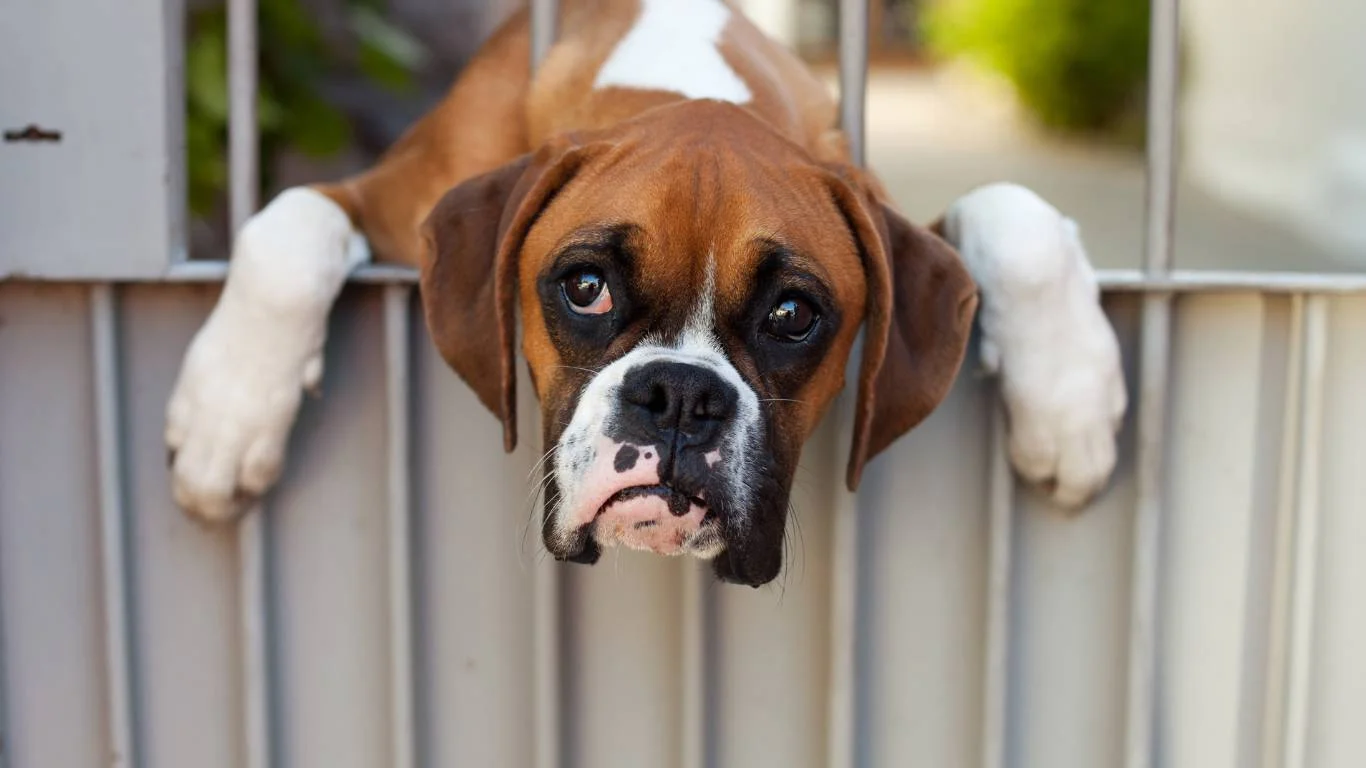
I get it—it’s hard to stay calm when your dog is panicking, but trust me, they feed off your energy. If you freak out, they’ll freak out harder. Take a breath, get low to their level, and look inside their mouth if it’s safe to do so.
Check for visible obstruction:
- Open their mouth gently—use both hands if needed.
- If you see something obvious like a toy piece, bone shard, or clump of food, try to remove it with your fingers (or tweezers if handy).
- Never blindly stick your fingers deep into their throat—you could push the object further or get bitten.
In clinic, we use forceps or even small scopes depending on how deep the item is. At home, you’ve got to go with your eyes and fingers—just be cautious.
If You Can’t See Anything or Removal Isn’t Working:
This is when we move to some more urgent action steps. But don’t give up just because the object isn’t visible—it may still be stuck lower in the airway. That’s where doggy Heimlich comes in (yes, it’s a real thing, and I’ll show you how in the next section).
How to Perform the Heimlich Maneuver for Dogs

This part might sound intimidating, but with a little guidance, it’s actually doable—and it can be lifesaving. I’ve talked dozens of clients through this over the phone during emergencies, and some of them ended up saving their pups right there in the living room. You don’t need to be a vet—you just need calm hands and a little know-how.
For Small Dogs (Under 30 lbs):
- Pick them up and turn them upside down (back against your chest, head pointing down).
- Give 5 firm but controlled thrusts to their abdomen, just below the ribs.
- Check their mouth to see if the object’s come loose.
For Medium to Large Dogs:
- If they’re standing, wrap your arms around their belly from behind.
- Make a fist with one hand and place it just below the ribcage, then cover with your other hand.
- Give 5 quick, inward-and-upward thrusts—similar to a human Heimlich.
- If they’re lying down, place them on their side and push upward on the abdomen instead.
After 5 thrusts, check their mouth again. If you see the object now, remove it gently. If not, keep repeating or get to a vet ASAP. And yes, even if your dog seems fine afterward—get them checked. Throat irritation, swelling, or even a small tear can happen from the choking or the Heimlich.
In my experience, even the most prepared pet parents can panic, which is why I always recommend practicing the Heimlich positioning on a stuffed animal or pillow beforehand. Sounds silly—but muscle memory helps when you’re under pressure.
What If You’re Alone and Can’t Get to the Vet Fast?
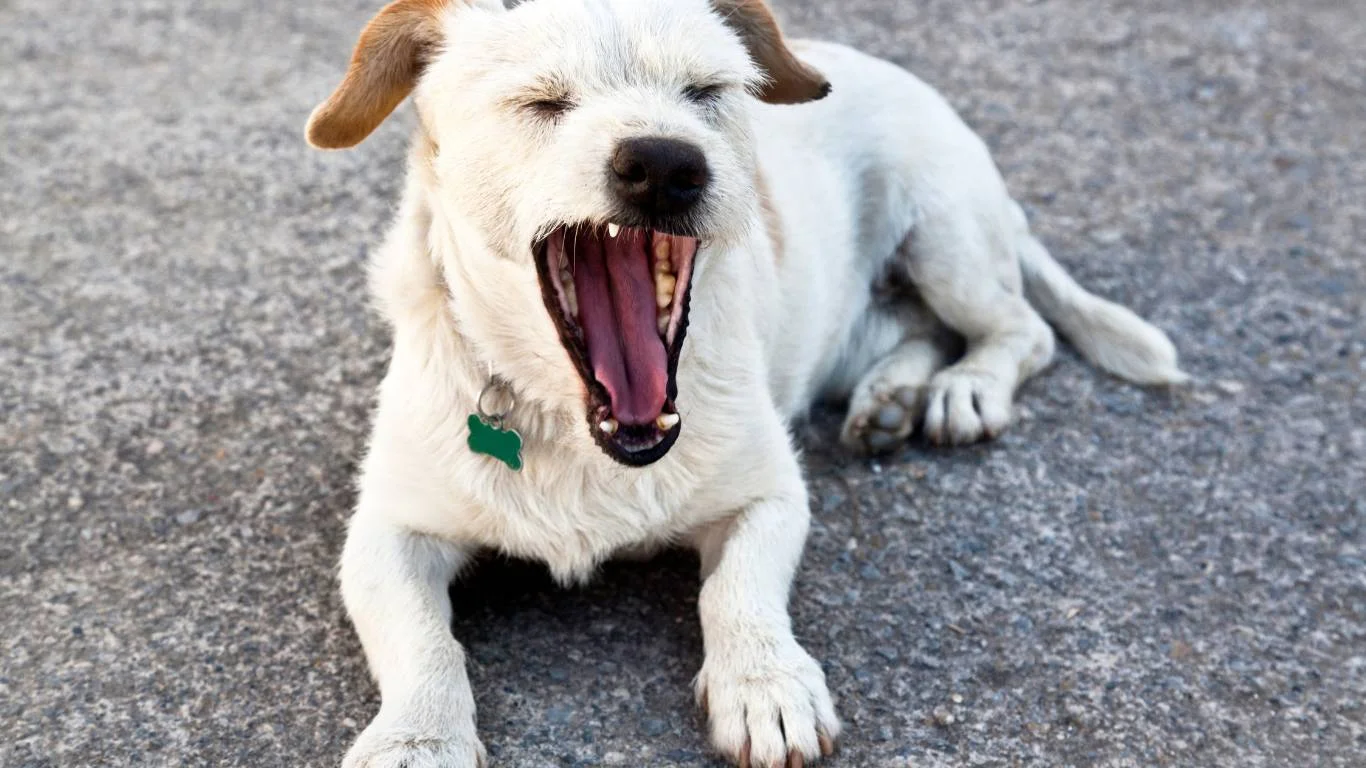
This is one of the most common concerns I hear: “Cam, what if I’m the only one home and the clinic’s 20 minutes away?” Totally valid fear, and one I’ve helped folks work through more than once. If you’re flying solo during a choking emergency, here’s how to stay focused and give your dog the best chance.
Quick checklist if you’re alone:
- Don’t waste time Googling in the moment — save guides like this ahead of time, or better yet, print them out for emergencies.
- Put your dog in a calm, stable position — standing or lying on their side is best for large dogs.
- Try the Heimlich only if you can’t remove the object safely by hand and the dog is actively choking.
- Call your vet clinic or nearest emergency animal hospital on speakerphone while continuing care — they’ll talk you through it and prep for your arrival.
And here’s a personal tip: keep a small pet emergency kit handy. Mine’s in a tote bag by the back door — gloves, tweezers, a flashlight, soft muzzle, and saline rinse. That kit has helped me more times than I can count, both in my clinic work and at home with my own dogs (including my goofy pit-mix who once tried to swallow a corn cob whole — yes, really).
When to Head to the Vet — Even If Your Dog Seems “Fine”

Let me say this louder for the folks in the back: just because your dog seems okay after a choking incident doesn’t mean the danger’s over. I’ve seen more than one dog come in hours later with throat swelling, pain, or even internal injury because the owner thought, “Whew, crisis averted!”
Here’s when you *must* take your dog in after choking:
- If you performed the Heimlich or abdominal thrusts
- If your dog collapsed, even briefly
- If they still seem like they’re struggling to breathe, swallow, or bark
- If they coughed something up but now seem weak or lethargic
Veterinarians can check for throat trauma, aspiration pneumonia (which is super common after choking), or residual obstruction. We’ll often take X-rays, do a throat exam under sedation if needed, and prescribe anti-inflammatories or antibiotics if things look irritated or inflamed.
One of my long-time clients had a pug who choked on a baby carrot (surprising, right?). She thought he was good after he hacked it up — but the next day, he was wheezing and not eating. Turned out, he had aspirated a piece into his lungs. Thankfully, we caught it early. Lesson? Always follow up with your vet.
Prevention: The Real MVP of Dog Choking Safety

Okay, so we’ve talked about what to do when choking happens. But let’s talk real talk: prevention is where the magic happens. I say this to every new dog owner I meet — preventing a choking emergency is ten times easier (and less traumatic) than reacting to one.
Top things I always recommend to prevent choking:
- Size-appropriate toys and chews: If it fits entirely in your dog’s mouth, it’s too small. For real. And please skip the cooked bones — those things are splinter factories.
- Slow feeding options: Especially for those “inhale first, chew later” types. Puzzle bowls, snuffle mats, or freezing wet food in silicone molds are all awesome choices. I love recommending these in nutrition consults.
- Supervised treat time: Especially with things like rawhide, bully sticks, or pig ears. I’ve pulled so many of those out of dogs’ throats mid-chew. Never let them have chews when you’re not home.
- Cut food to size: Sounds basic, but you’d be surprised. Grapes, carrots, chunks of meat, even kibble—smaller is safer, especially for small breeds and puppies.
Bonus tip from my nutrition geek side: moisture helps. Dogs that eat dry-only diets are more likely to experience swallowing issues. Adding a bit of warm water or broth to kibble can reduce the risk and make digestion smoother. I always mention this when pet parents ask me about switching to raw or home-cooked — hydration and texture matter more than people think.
Teach Your Dog the “Drop It” Command (Seriously)
This one’s a game-changer. I can’t count how many times “drop it” saved me from a potential choking situation — both in the clinic and with my own dogs. Teaching it early and reinforcing it often can mean the difference between a funny “ew, what’s that in your mouth?!” moment and an actual emergency.
Here’s how I teach it, clinic-style:
- Start with something low-value, like a toy or boring treat.
- Let your dog take it, then offer a high-value treat (like cheese or cooked chicken) while saying “Drop it.”
- As soon as they release, reward big and repeat.
- Gradually increase the difficulty — higher value items, more distractions.
We use this in behavior training all the time, and it’s honestly underrated in emergency prevention. One of our vet techs once got a pit mix to drop a whole sock mid-swallow just because she’d practiced it like a champ. Sock crisis: averted.
And hey — teaching your dog commands like this doesn’t just help in emergencies. It builds trust, strengthens your bond, and gives you both more confidence in high-stress moments. Totally worth the time investment.
Handling Choking in Puppies and Senior Dogs: Special Considerations

Let’s talk about the dogs who need extra TLC when it comes to choking risks — puppies and seniors. In my years working as a vet assistant, I’ve noticed these two groups tend to be more vulnerable. Puppies because they’re curious and chew everything like teething babies; senior dogs because their reflexes and dental strength just aren’t what they used to be.
For Puppies:
- Everything goes in the mouth — socks, mulch, Legos, you name it. Supervision is key. Baby gates and closed doors are your best friend here.
- Stick to age-appropriate chews and toys. Avoid anything that can break into hard chunks — antlers, bones, even ice cubes can be risky.
- They don’t always chew properly. Moisten kibble or try feeding from a slow bowl to reduce gulping.
One time, a family brought in their 4-month-old golden retriever who had swallowed a piece of rubber ducky. That pup was lucky — we were able to induce vomiting safely, but the whole thing could’ve been avoided if the kids had cleaned up their bath toys. Lesson learned (and the duck was retired forever).
For Senior Dogs:
- Dental issues can make it tough to chew properly. Food or treats they handled fine years ago might now be choking hazards.
- Reduced muscle tone and coordination in the throat can increase the risk of aspiration.
- If your dog has a condition like laryngeal paralysis or collapsing trachea, even minor choking can escalate fast.
In the clinic, we often recommend a softer diet for older pups and sometimes even a full transition to wet food or homemade meals (with a vet nutritionist’s input, of course). Every little adjustment can help reduce risk and keep mealtime safe and stress-free.
What NOT to Do If Your Dog Is Choking

Okay, we’ve covered a lot about what you should do… but just as important? The stuff to absolutely avoid. In high-stress moments, it’s easy to panic and accidentally make things worse. Here’s the no-go list I always share with new dog owners during first-aid chats.
Never do these during a choking emergency:
- Don’t pour water down their throat — this can push the object deeper or cause aspiration into the lungs.
- Don’t delay if your dog’s turning blue or collapsing — don’t try to “wait it out.” Get help fast.
- Don’t perform the Heimlich if they’re breathing normally — it can cause injury if used unnecessarily.
- Don’t use tools unless you’re trained — I’ve seen well-meaning owners accidentally cut or poke the back of the throat with tweezers or utensils.
One case that really stuck with me involved a little Yorkie whose owner tried using barbecue tongs (yep, you read that right) to pull a treat out. The object got dislodged, but they ended up causing bleeding and bruising. Luckily, the pup recovered, but it made for a very expensive vet bill and a big guilt trip.
When in doubt? Call your vet. Even if you’re not sure it’s an emergency, they can talk you through the next steps calmly and quickly. Many clinics (like the ones I’ve worked in) have trained staff answering phones who are certified in pet CPR and emergency triage. We’re here for these moments.
Building a Choking-Safe Environment for Your Dog
Let’s wrap this up with some proactive moves. Emergency knowledge is great, but prevention and preparedness are where real peace of mind comes in. Think of it like baby-proofing — but for your dog.
Here are some easy things you can do today:
- Audit your home — get down on your hands and knees and look at your space from your dog’s point of view. You’ll spot potential hazards fast.
- Upgrade their food game — use slow feeders, hydrate dry food, or break treats into smaller bits (especially for toy breeds).
- Swap risky toys — toss anything that’s too small, frayed, or breaks into chunks. Rope toys and rawhides are big offenders.
- Take a pet first-aid course — in person or online. The info sticks way better when you’ve practiced hands-on.
- Save your vet’s number in your phone under “Pet Emergency” — trust me, you’ll be glad you did.
And please, talk to your vet team. Whether it’s your regular wellness visit or a quick phone call, ask them to walk you through safe treat sizes, recommended chews, or choking risk based on your dog’s breed and age. We love it when pet parents come in curious and cautious — it shows you care, and it helps us help you better.
References
Disclaimer
This article is for informational purposes only and is not a substitute for professional veterinary advice, diagnosis, or treatment. Always seek the advice of your veterinarian or qualified animal healthcare provider with any questions you may have regarding your pet’s health or a potential emergency.

